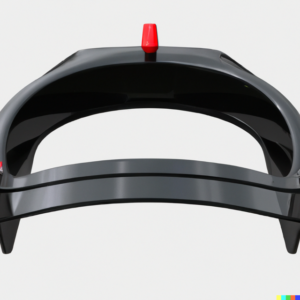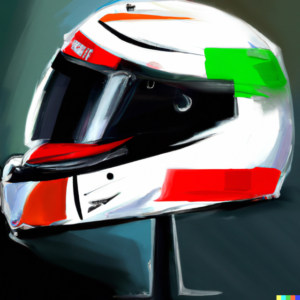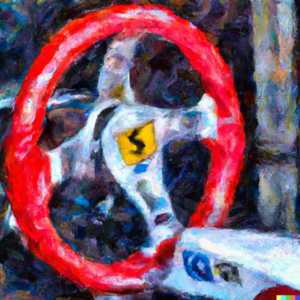What does Porpoising mean in F1

The buzzword for Formula 1 2022 already seems to be ‘porpoising,’ and if you’re a fan of the famous motorsport, you’ve probably heard this term often.
If you’ve been watching the 2022 season, you may have noticed some drivers looking oddly similar to a bobblehead as they race around the track. This clear and repeated bobbing up and down is known as porpoising.
But how does this phenomenon occur, and why is it bad? How does it affect a driver’s race success – and, more worryingly, their health?
What Is Porpoising?
Porpoising is a term that applies to ground effect F1 cars and was coined by former F1 Driver Mario Andretti.
Ground effect cars work by channeling the airflow underneath the car to generate downforce – which helps the car grip the track and maximize high speeds. Essentially, the car’s underbody (also known as the floor) is designed with venturi tunnels to create a suction-like effect that pulls the car toward the ground.
Porpoising occurs when the ground effect sucks the car’s floor too close to the ground, cutting the airflow off, which reduces downforce, causing the car to spring up. Airflow goes through the car’s underbody as it rises, sucking the car toward the ground and causing the vehicle to bounce up and down.
To prevent porpoising, teams must raise the car’s ride height to give more ground clearance. However, this means cars will have less downforce, and less downforce means the car will be slower.
History Behind Porpoising In F1
The idea of using the car’s underbody to generate greater downforce first became popular in Formula 1 in the late 1970s and early 1980s when F1 teams began to understand the potential of ground-effect aerodynamics better.
During this time, F1 cars featured curved underbodies, and a flat skirt positioned extremely close to the ground to create a low-pressure zone below the car. Cornering speeds and performances increased dramatically, but so did major crashes. This ultimately led to the FIA banning this car design in 1983 on safety grounds.
So from 1983 to 2021, the FIA mandated that F1 cars have flat floors and maintain a minimum gap between the floor and the ground – essentially eliminating downforce. But in 2022, the FIA brought back the ground effect to promote closer racing.
The primary way to achieve this was by decreasing turbulent air – otherwise known as ‘dirty air’ – which made cars lose downforce and prevented them from racing each other closely. This is one of the main reasons why F1 cars have the Drag Reduction System (DRS).
To reduce turbulent air for the 2022 season, the FIA allowed more downforce to be generated from the bottom of the car using two large venturi ducts. But while running cars lower to the ground effectively seals the floor and generates more downforce, it also increases porpoising.
Why Is It Called Porpoising?
When you hear the term porpoising, the first thing that may come to mind is a porpoise – the fully-aquatic mammal known to bob up and down on the ocean’s surface as it swims.
Like a dolphin or porpoise moving through water, bouncing up and down, so do the cars and drivers.
The Effects Of Porpoising On Driver Health
Since the start of the 2022 F1 season, there have been numerous complaints from drivers regarding the physical impact of porpoising, with the Grand Prix Drivers’ Association becoming more vocal on the potential health risk porpoising poses for drivers.
After the Australian Grand Prix, Haas Driver Kevin Magnussen said he suffered from nerve pain in his arm and jaw. His physiotherapist said his spinal cord was pushing on his nerves due to the car bouncing rapidly.
At the Azerbaijan Grand Prix, Mercedes still suffered extreme bouncing, and it’s been tough for seven-time F1 world champion Lewis Hamilton to handle. After getting out of the car, Hamilton said, “I cannot express the pain you experience…In the end, you’re just praying for it to end.”
Many drivers share the sentiment, with Ferrari’s Carlos Sainz saying his back and neck are tighter after this year’s Miami Grand Prix and AlphaTauri’s Pierre Gasly remarking he would need a “cane at 30 years old” if this continued.
So, while the new 2022 F1 cars have introduced a more extraordinary spectacle with closer racing, the issue of porpoising has put a major spanner in the works for many teams. Not only is it significantly limiting top speeds, downforce, and the car’s overall performance, but it’s also affecting drivers’ comfort and health.
Img courtesy https://www.wtf1.com/teamwtf1/





